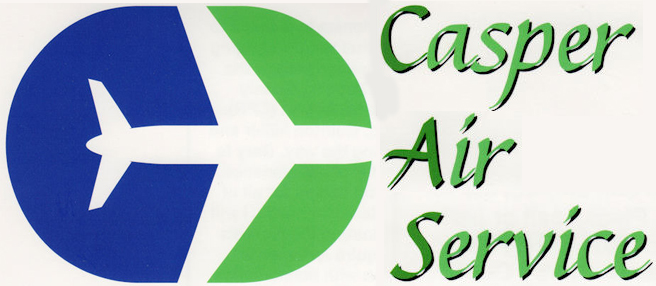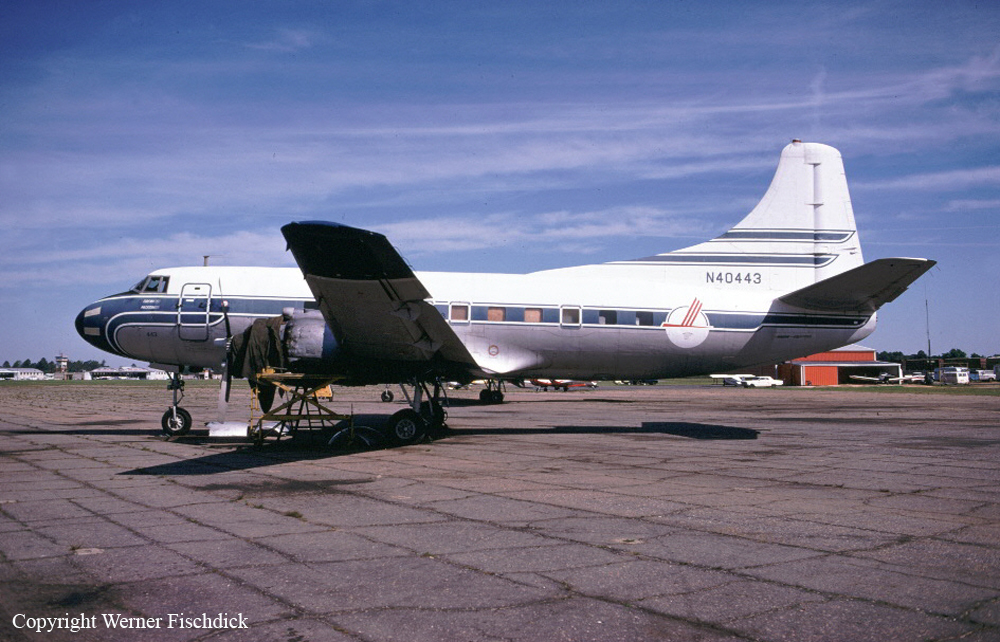Crash of a Mitsubishi MU-2B-35 Marquise in Casper: 4 killed
Date & Time:
Apr 6, 1993 at 0435 LT
Registration:
N96JP
Survivors:
No
Schedule:
Riverton - Casper
MSN:
556
YOM:
1972
Crew on board:
1
Crew fatalities:
Pax on board:
3
Pax fatalities:
Other fatalities:
Total fatalities:
4
Captain / Total hours on type:
205.00
Aircraft flight hours:
4781
Circumstances:
The aircraft was on an air ambulance (EMS) flight and was cleared for the ILS runway 08 approach at Casper, WY. Radar data showed the aircraft tracking and descending normally on the DME arc, until it was below radar coverage for the area. Subsequently, it collided with the top of a ridge, along the localizer centerline, before reaching the outer marker, about 8 miles from the airport. Elevation of the crash site was about 5,800 feet; minimum descent altitude before intercepting the ILS glide slope was 7,100 feet; crossing altitude at the outer marker was 6,700 feet. All four occupants were killed, a patient, two doctors and a pilot.
Probable cause:
Failure of the pilot to maintain proper altitude during the night ifr approach in instrument meteorological conditions (IMC).
Final Report:



